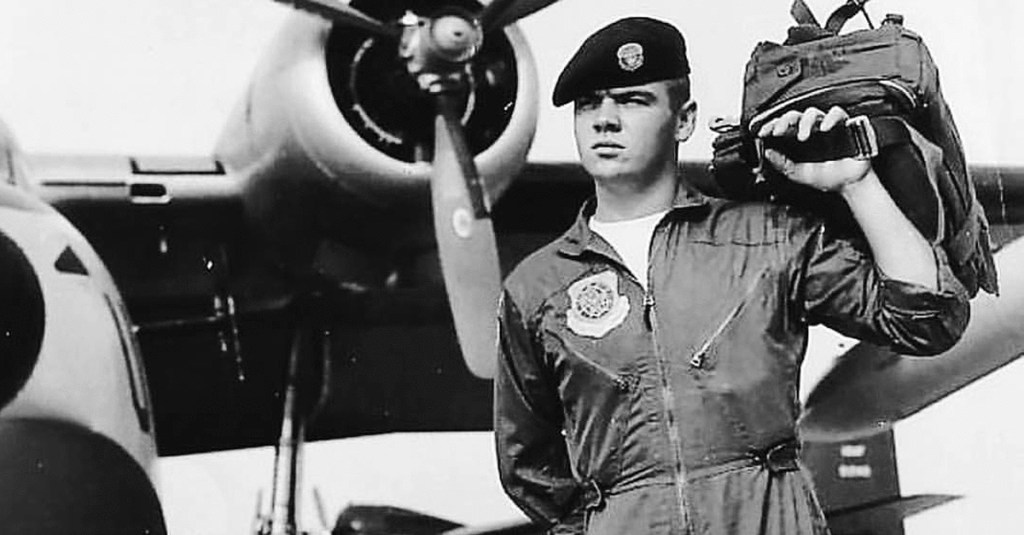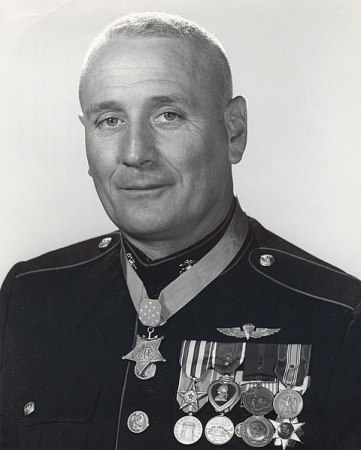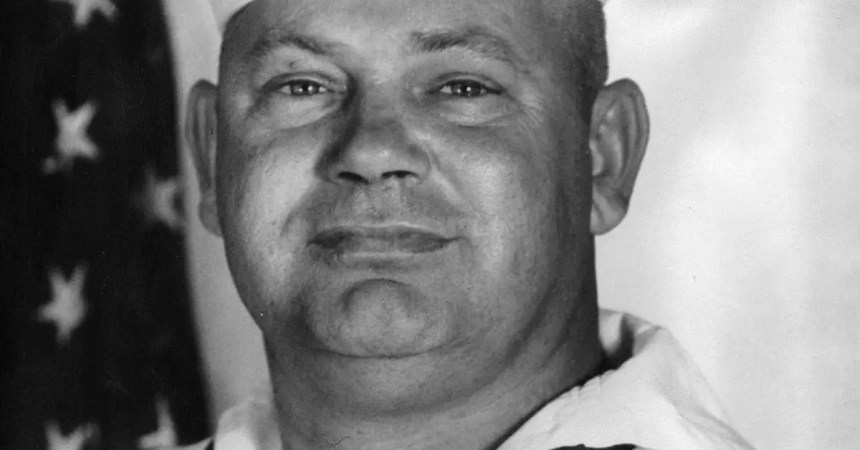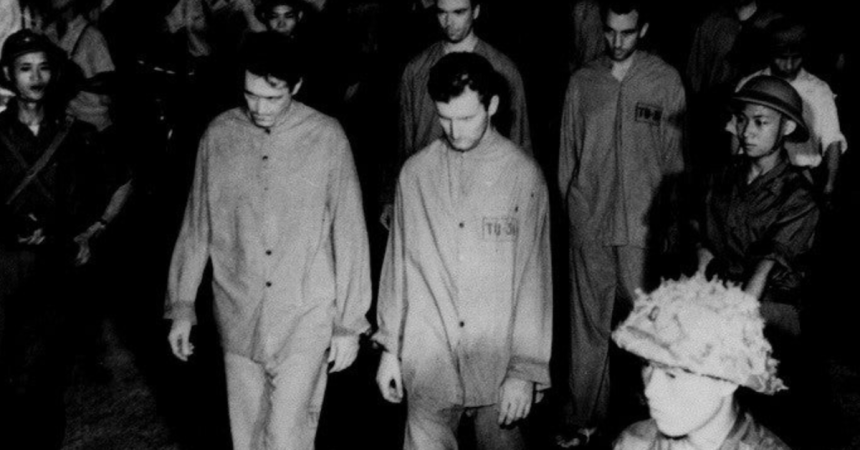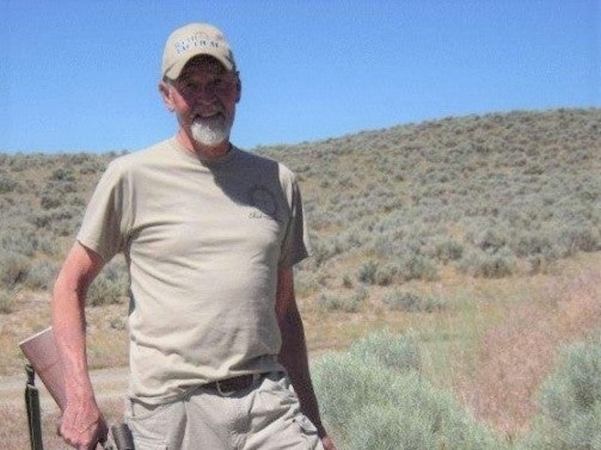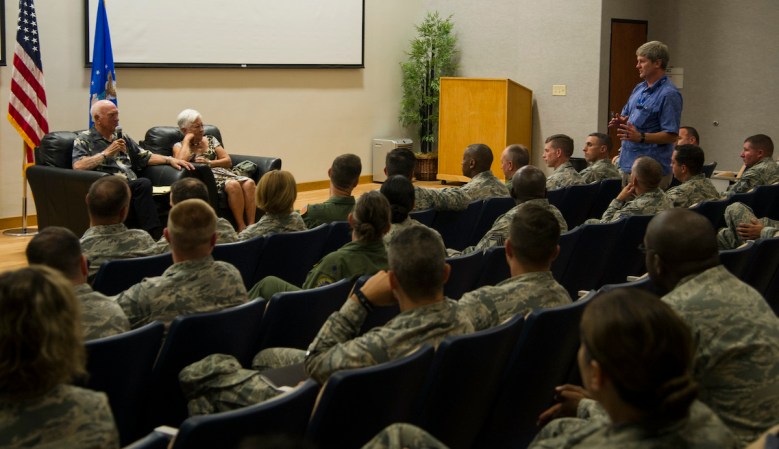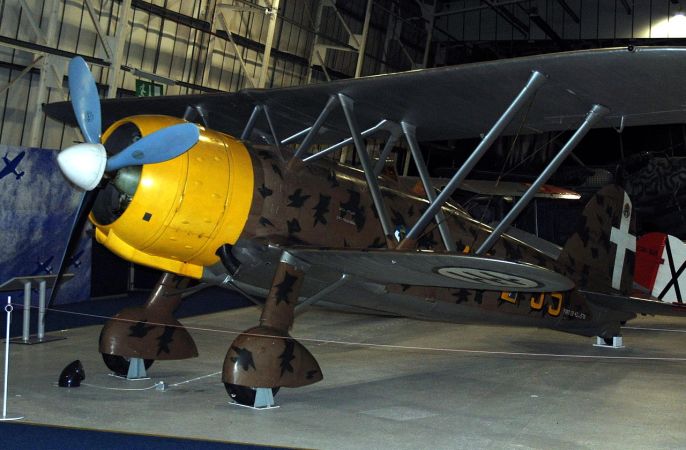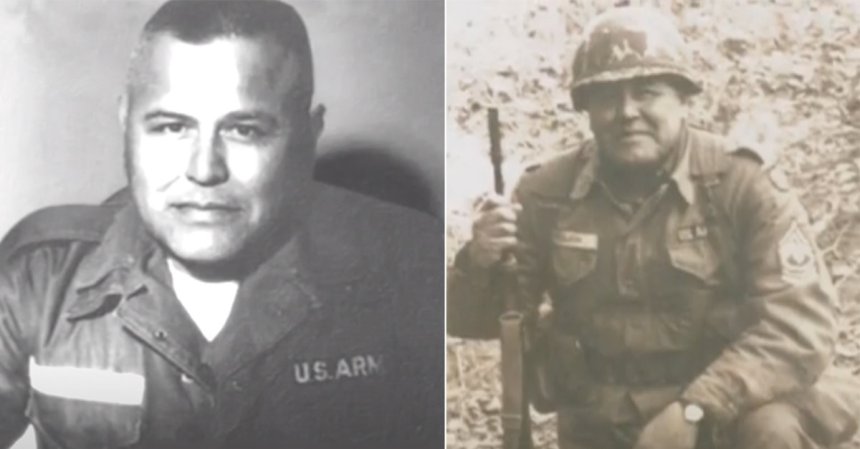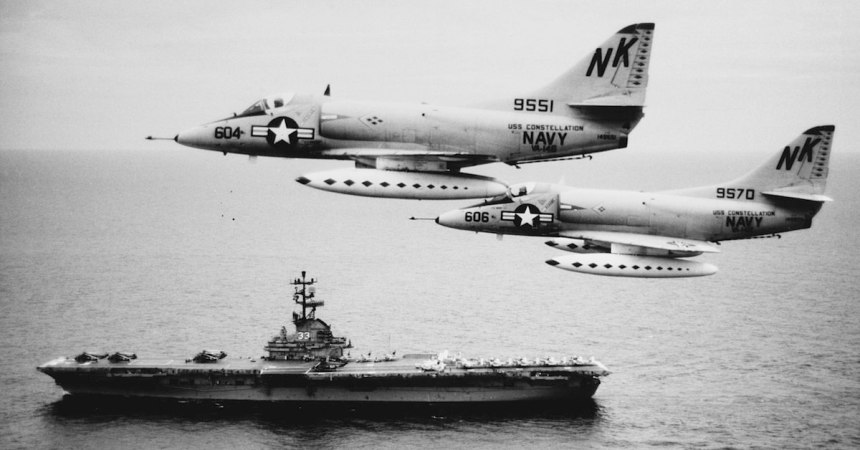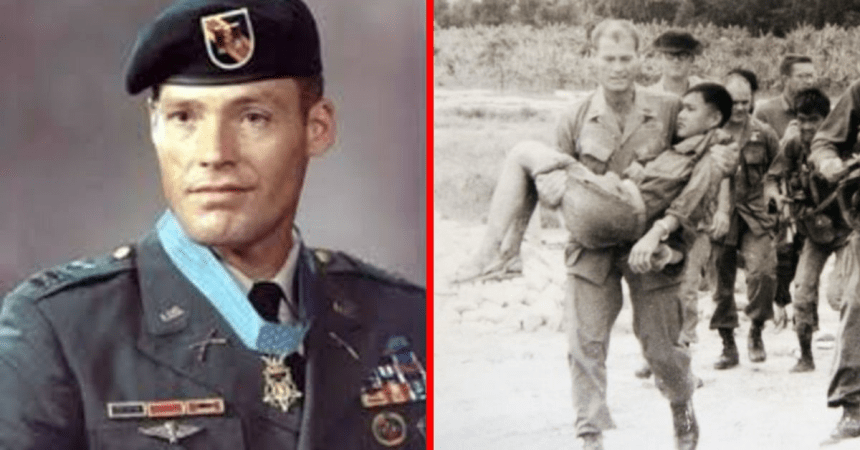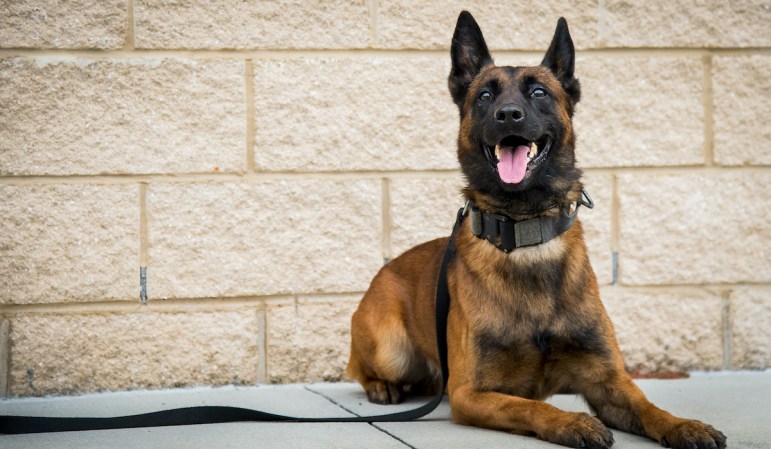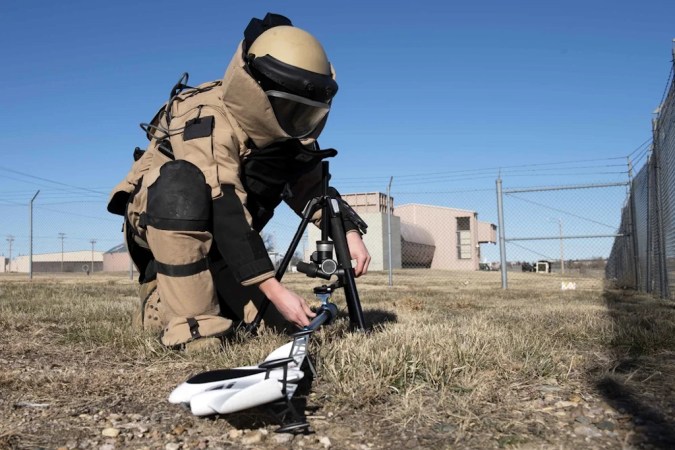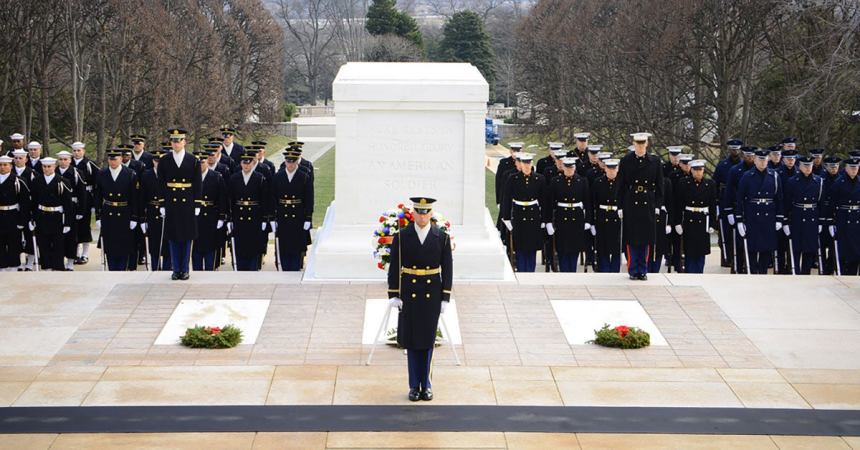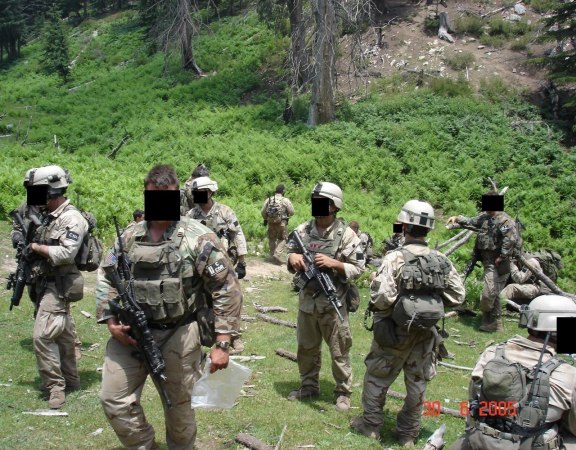Even Navy SEALs and Army Special Forces need heroes at times — those times when the fighting gets too thick and there are wounded that need attention on the ground. Those heroes are the Air Force’s Pararescue Jumpers; highly-trained airmen who will come retrieve anyone who needs it, almost anywhere, and in nearly any situation.
Just earning the title of what the Air Force affectionately calls a “PJ” is a grueling task. Dubbed “Superman School,” Pararescue training takes two years and has a dropout rate of around 80 percent. And PJs put all of this rigorous training to use in their everyday duties, when it matters the most. It’s not exaggeration to say they are among the most decorated airmen in the Air Force — and none of them are more decorated than Duane Hackney.
Over the course of his career, Hackney stacked on an Air Force Cross, a Silver Star, four distinguished flying crosses (with combat V), two Purple Hearts, and 18 Air Medals, just to name a few highlights of the more-than-70 decorations he amassed in his life.
His achievements made him the most decorated airman in Air Force history.

Like the rest of his fellow Pararescue Jumpers, he was in the right place at the right time to earn those accolades. Unfortunately, “right place at the right time” for a PJ means “terrible time to be anywhere in the area” for everyone else. Jumping into the dense jungles of North Vietnam to recover downed pilots and special operators was incredibly dangerous work.
With the rest of the allied ground forces in South Vietnam, once lowered into the jungles, PJs were truly on their own down there.

Duane Hackney had no illusions about the dangers he faced when on a mission. The Michigan native joined the Air Force specifically to become a Pararescueman — and the NVA made sure Duane and his fellow PJs had their work cut out for them. The North Vietnamese air defenses were good — very good. Despite the massive air campaigns launched over Vietnam, the U.S. couldn’t always count on complete air superiority. Massive surface-to-air missile complexes and well-trained NVA pilots flying the latest Soviet fighters ensured plenty of work for the Air Force. Whenever a pilot went down, they sent the PJs to find them
Duane Hackney went on more than 200 search-and-rescue missions in just under four years in Vietnam. He lost track of how many times he went into those jungles or how many times the enemy opened up a deadly barrage as he went. It was part of the job, and it was a job Hackney did extremely well.
It wasn’t easy. Just days into his first tour in Vietnam, Hackney took a .30-caliber slug to the leg. He had another PJ remove it and treat the wound rather than allow himself be medically evacuated out of the country. He was in five helicopters as they were shot down over North Vietnam, putting himself and those aircrews in the same risk as the pilots they were sent to rescue — captured troops could look forward to a quick death or a long stay in the “Hanoi Hilton.”
On one mission in February, 1967, Hackney jumped into a dense area of North Vietnam, in the middle of a massed enemy force. He extracted a downed pilot and made it back to his HH-3E Jolly Green Giant Helicopter. As they left, the NVA tore into the helo with 37mm flak fire. Hackney secured his parachute to the downed pilot and he went to grab another parachute. The rest of the people aboard the helicopter would be killed in the explosion that shot Hackney out the side door.

Hackney managed to grab a chute before being fired out the side. He deployed it as he hit the trees below, fell another 80 feet, and landed on a ledge in a crevasse. The NVA troops above him were jumping over the crevasse, looking for him. Hackney managed to make it back to the wreckage of the helicopter to look for survivors. Finding none, he signaled to be picked up himself.
That incident over the Mu Gia Pass earned Hackney the Air Force Cross. At the time, he was the youngest man to receive the award and the only living recipient of it. But Hackney didn’t stop there. Despite that close call, he stayed in Vietnam for another three years — as a volunteer for his entire stay in country.
He stayed in the Air Force until his retirement as Chief Master Sergeant Hackney in 1991.


